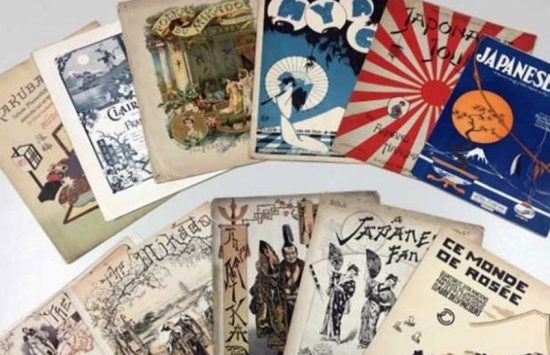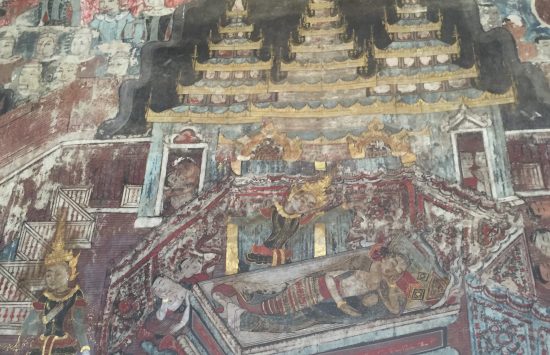RESEARCH
From France to Shanghai and Nagasaki: Tracking the Culture Nurtured by the Missionaries
Nagasaki is becoming another home-town for me. Seventeen years have passed since fate brought me to Kyoto from my birthplace, Hokkaido. In the five years since 2018, my travels have taken me with ever greater frequency to Nagasaki City, the Gotō Islands, Hirado, Amakusa, and most recently Kuroshima. There I conduct local research and attend symposia, taking care to avoid spikes in the covid virus spread.
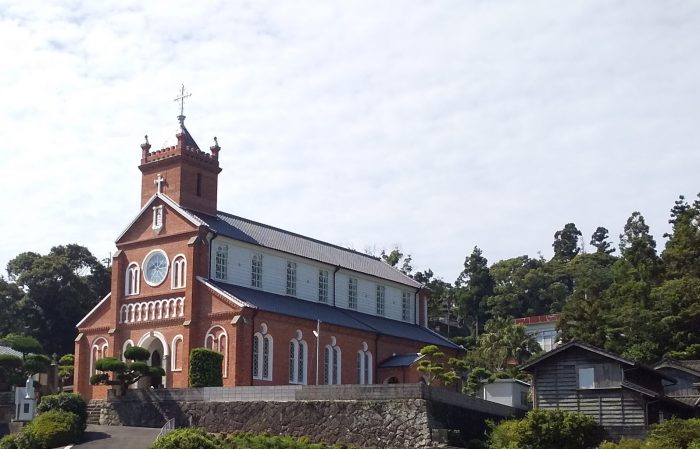
Image 1. The Kuroshima Church in Sasebo, Nagasaki where we conducted research on works from the Tushanwan workshops in July 2022. Photo by the author.
The prompt for this activity was an invitation to become a member of the research unit “Literary Legacies of Kirishitan Culture: Missionary Writings in the Vernacular” (Lead Researchers: Guo Nanyan and Inoue Shōichi). This is but one unit of the National Institutes for the Humanities’ project, “Development of a Field of Comprehensive Bibliographical Studies from an Interdisciplinary Perspective.” My research specialty is art history, and I took on the decoding of the iconography of what are known as the “de Rotz’s prints.”
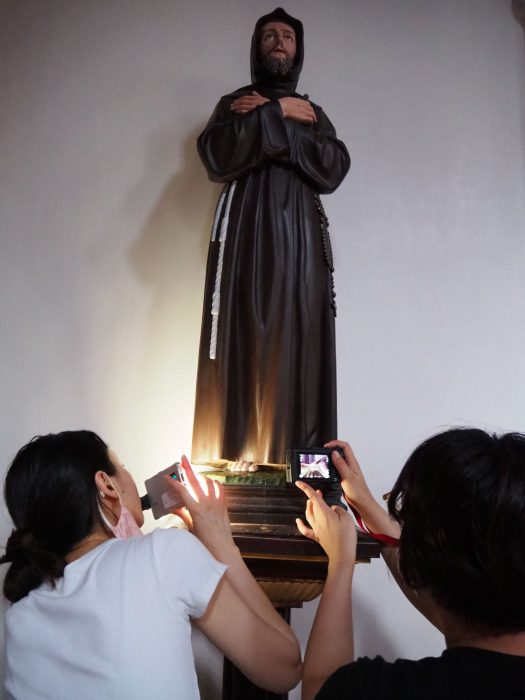
Image 2. Members for the project photographing objects inside the Church. Photo by the author.
Fr. Marc Marie de Rotz (1840−1914) of the Missions étrangères de Paris (M.E.P.) came to Japan in 1868 in the midst of the Christian persecution. The ten large scale wood block prints whose production he secretly oversaw in the Oura Church are known today as the “de Rotz prints.” Some ninety copies of these prints are scattered throughout Kyushu in places like Nagasaki and Kumamoto. The results of this research endeavor, including my essay, “Images of Japan in the Prints of Father Marc de Rotz,” have been published in a collection entitled Do Ro hanga no tabi (The Journey of the Woodblock Prints of Father Marc de Rotz: From Konstanz to Shanghai and Nagasaki ([c. 1875]) (Guo Nanyan, ed., 2019).
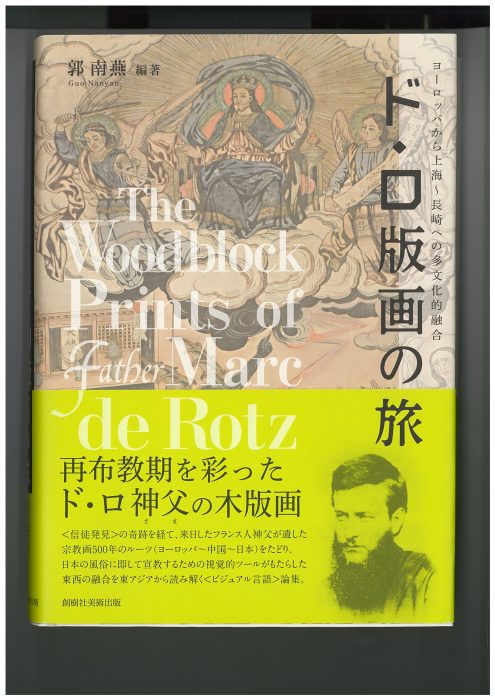
Image 3. Do Ro hanga no tabi (The Journey of the Woodblock Prints of Father Marc de Rotz), ed. Guo Nanyan, Sōjusha Bijutsu Shuppan, 2019.
There was a valuable by-product of our research. It was the discovery that the iconography was not original. Rather, it was based on Chinese prints and arranged Japanese-style, so as to fit with Japan’s indigenous culture and popular beliefs. The specific model was a series of prints which Fr. A. Vasseur produced in the workshop of the Tushanwan Missionary Orphanage in Xújiāhuì, southwest of Shanghai. After further research, we were able to confirm that a large quantity of printed material produced in the Tushanwan atelier made its way to Japan by the early 1940s. This was in addition to paintings, sculptures, sacred utensils, and vestments, as well as craft products.
And thus was launched in 2021 a new collaborative research project, “The Cultural Impact of the Shanghai Tushanwan Missionary Orphanage in Japan” (Grant-in-Aid for Scientific Research (B); Leader Guo Nanyan, Project Professor, University of Tokyo). Our next five-year research journey is now well under way!




